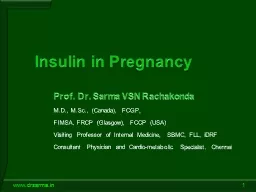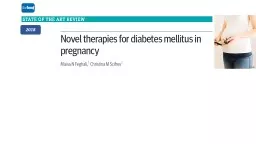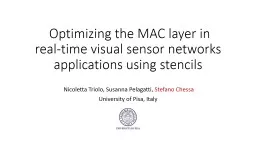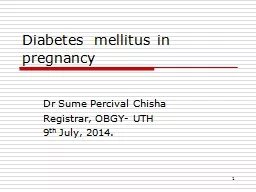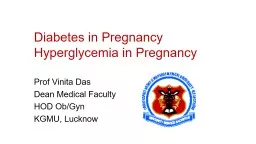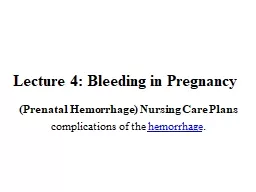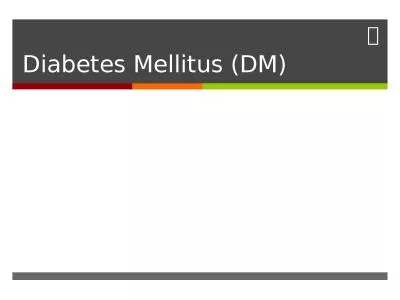PPT-Insulin in Pregnancy Prof. Dr. Sarma VSN
Author : yoshiko-marsland | Published Date : 2018-12-20
Rachakonda MD MSc Canada FCGP FIMSA FRCP Glasgow FCCP USA Visiting Professor of Internal Medicine SBMC FLL iDRF Consultant Physician and Cardiometabolic Specialist
Presentation Embed Code
Download Presentation
Download Presentation The PPT/PDF document "Insulin in Pregnancy Prof. Dr. Sarma VSN" is the property of its rightful owner. Permission is granted to download and print the materials on this website for personal, non-commercial use only, and to display it on your personal computer provided you do not modify the materials and that you retain all copyright notices contained in the materials. By downloading content from our website, you accept the terms of this agreement.
Insulin in Pregnancy Prof. Dr. Sarma VSN: Transcript
Download Rules Of Document
"Insulin in Pregnancy Prof. Dr. Sarma VSN"The content belongs to its owner. You may download and print it for personal use, without modification, and keep all copyright notices. By downloading, you agree to these terms.
Related Documents

